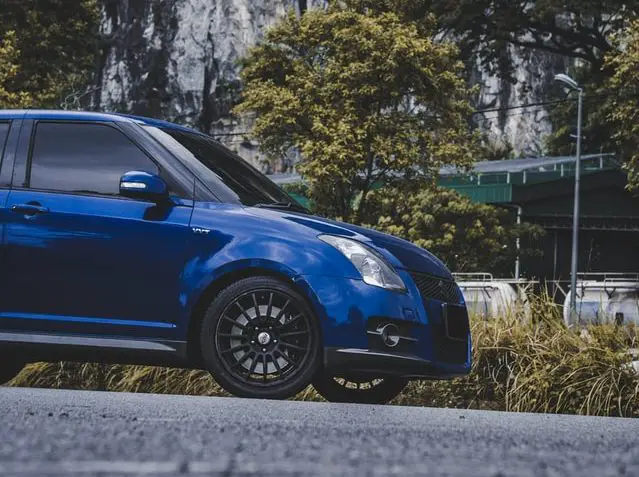8 Common Suzuki Swift Engine Problems
The Suzuki Swift is a popular little hatchback, and for good reason. It offers practicality, good looks, and is reasonably priced. All cars have their engine problems though and the Swift is no different.
We have spoken to mechanics and owners, and are now going to take a look at the most common engine problems seen on the little Suzuki. These problems range in severity, some are easily fixed. Some can cause catastrophic engine failure. So let’s get into the most common engine problems with the Suzuki Swift.
8 Common Suzuki Swift Engine Problems
- Clutch slipping
- Excessive oil consumption
- Loss of power
- Oil leak
- Diesel injector failure
- Timing chain failure – 1.3 Diesel
- Camshaft snapped – 1.3 Diesel
- EGR valve fault – 1.3 Diesel
So these are the 8 most common Suzuki Swift engine problems, let’s take a look at all of them in more detail.
Why is my Suzuki Swift clutch slipping or juddering?
The Suzuki Swift’s most common fault is a slipping or juddering clutch. The clutch is the component that connects the engine to the car’s transmission. It will slip when it doesn’t engage properly with the engine’s flywheel. 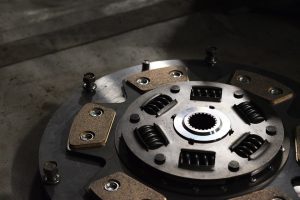
There are a few symptoms of this fault. Things like when driving and trying to accelerate, the engine revs will increase but the car does not accelerate, this fault is normally more noticeable in the higher gears.
The car will be very lazy when pulling from a standstill, with the revs getting high but forward motion being slow. This is also normally accompanied by the smell of burning, similar to burning carpet.
This fault is caused by poor contact and pressure between the clutch and the flywheel. The clutch plate is like a big brake pad. It has friction material that will eventually wear out. When this happens the clutch will start to slip as there isn’t enough material to generate sufficient friction to drive the car forward properly.
Broken or weakened clutch springs can also cause this issue, along with friction material contamination. Contamination could be caused by something like an oil leak that is dripping onto the clutch and causing it to slip.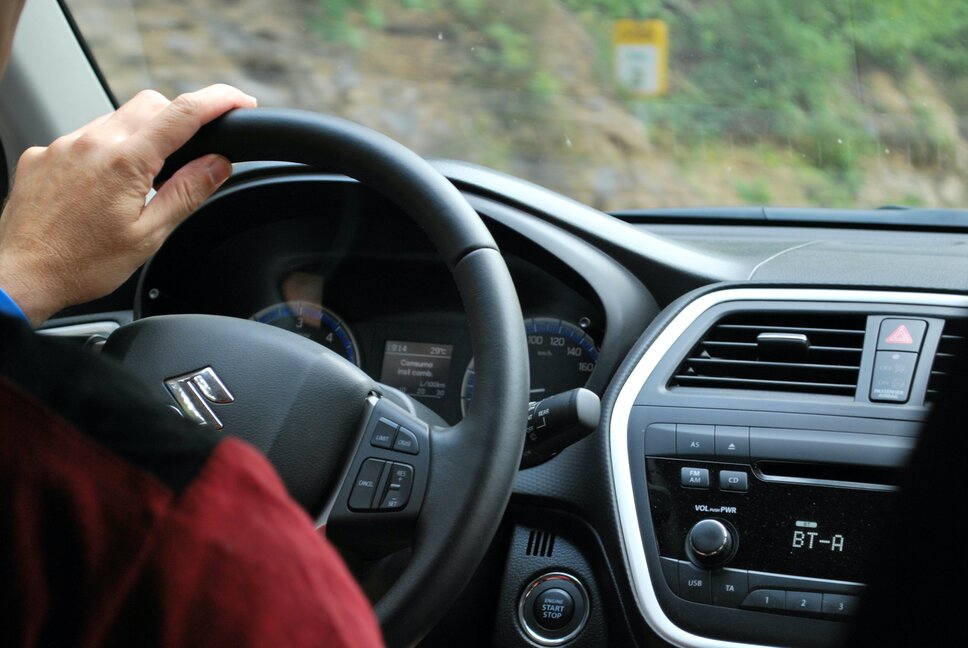
To fix this issue, the clutch will need to be replaced and the flywheel either replaced or resurfaced. This is to ensure the new clutch makes good, proper contact with the flywheel and the fault doesn’t persist.
Why is my Suzuki Swift using a lot of engine oil?
The most common cause of oil consumption is just engine wear. All engines consume a small amount of oil. The maximum allowable limit set by the manufacturer of 1 litre per 1000km (600 miles). If the engine is consuming less than this amount then this is fine and the engine is operating correctly. However, if the engine is using more than this, then there is a problem.
After many miles of service, the engine will have experienced a degree of wear. If this is excessive, then consuming oil is one of the first signs of this. This is caused by wear to the engine’s piston rings.
The piston rings are the component are fitted to the piston and they contact the cylinder wall to create compression when the piston moves up. They also prevent oil from the bottom of the engine from passing by the piston and being burnt in the combustion chamber.
As this part is making metal to metal contact it will eventually wear out. When this happens, the seal between the piston and the cylinder becomes weaker. This results in oil being able to enter the combustion chamber and get burnt off during normal operation. Bluish white smoke may also be visible from the exhaust.
Unfortunately, this cannot be rectified very easily. It requires the engine to be stripped down, the piston rings replaced. The cylinder bores will also need to be refinished in order to create a good seal again. Normally, because this occurs on high mileage vehicles the cost of repair can often exceed the value of the car.
Why has my Suzuki Swift lost engine power?
Modern engines are fitted with a lot of sensors that monitor everything from crankshaft and camshaft position. To the amount of air coming into the intake and the temperature of that air. If any of these sensors fail or provide readings that don’t look normal to the car’s ECU. Then the car will go into something called limp mode. This is when the car will reduce the engine’s performance to limit the risk of damage because of one of these sensor issues.
The engine light will also come on on the dashboard. This lets you know there is a fault and the car needs to be inspected. Luckily these sensors are normally easy to replace and diagnose. The car will get plugged into a diagnostic computer that will read the fault codes stored in the ECU. This will tell the mechanic which sensor is faulty and it can then be replaced and the car will be back to normal operating performance.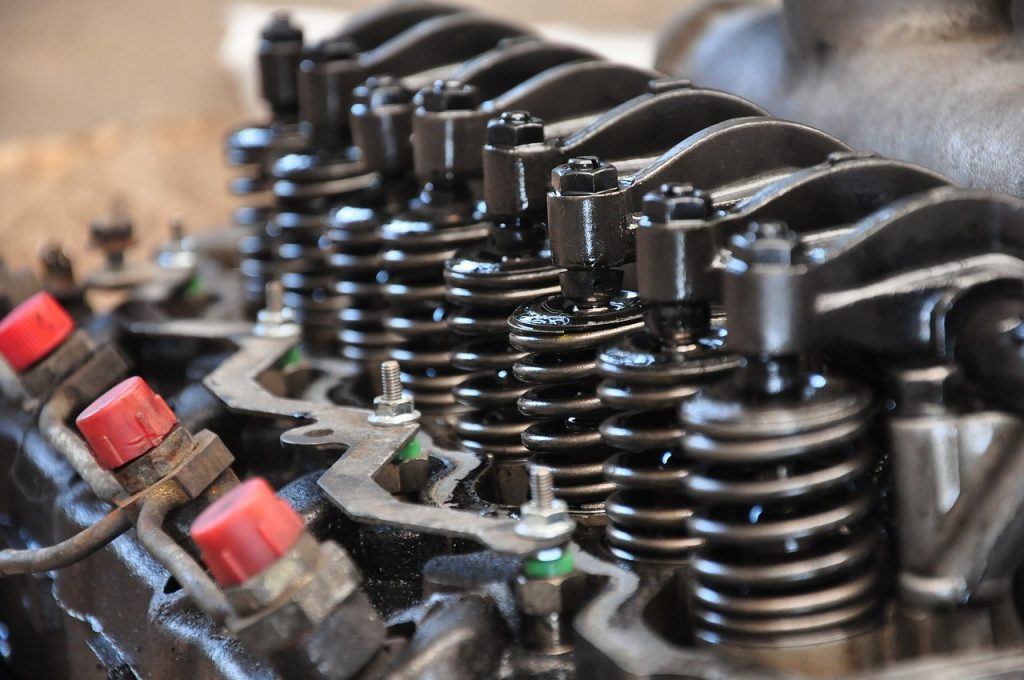
Why is there oil leaking from my Suzuki Swift?
The most common oil leak on the Suzuki Swift is from the crankshaft seal. This is a rubber seal that keeps the engine oil from leaking out around the crankshaft. If the seal is worn out, damaged, or was fitted poorly. This will result in an oil leak from this area. Symptoms will be oil on the ground where the car has been stood overnight or in a car park. You may also notice the oil level dropping on the dipstick but this is less likely.
The fix is relatively simple as it just involves replacing the worn seal. Unfortunately, a lot of disassembly is required in order to access this part. So labour costs are generally high even though the part is relatively cheap.
Does my Suzuki Swift have a faulty injector?
Faulty injectors are engine problems most commonly seen on the diesel Suzuki Swift. The injector’s job is to squirt fuel into the combustion chamber at the right time so that it can be burnt by the engine. If the injector fails, it either fails in the on/off position. Or it fails to deliver enough, or delivers too much fuel into the combustion chamber.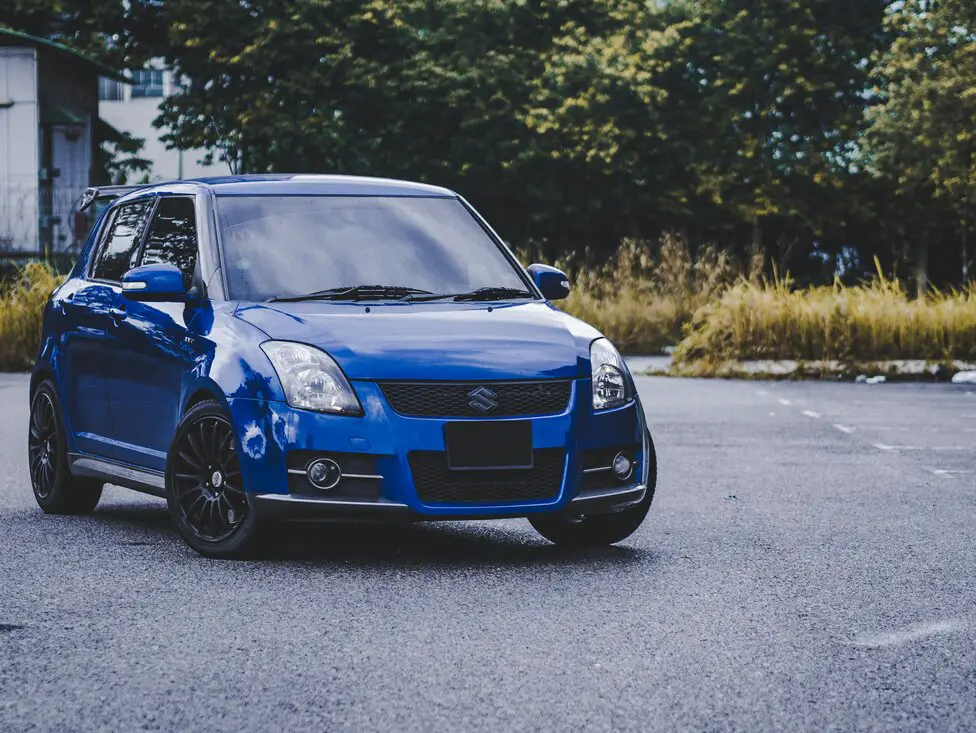
The outcomes for failing to deliver fuel completely or to deliver enough fuel will be a reduction in power and the engine running lumpy. Delivering too much fuel or constantly injecting fuel can be seen by rough running, excessive black smoke out the exhaust and the oil level on the dipstick increasing as the fuel washes into the sump.
What happens if the injector is not delivering enough fuel?
If the injector isn’t delivering enough fuel then this is much less problematic for the car. The engine light will normally come on as the car notices abnormalities in the engine’s parameters. Sometimes there might be a blockage in the injector which can be cleaned out. But more normally a replacement injector will be needed to repair this fault.
What happens if the injector is delivering too much fuel?
If the injector fails and is delivering too much fuel then this can potentially be much worse. Sometimes this is much harder to notice as the engine might not notice severe enough abnormalities to put the engine warning light on, this is because generally, the engine will still run at a good enough level to satisfy the ECU.
However if undetected for long enough then the fuel could wash past the piston and into the bottom end of the engine. This will cause the engine oil to become diluted with fuel. If this gets too diluted, then the oil will lose it’s lubricative properties. This will result in catastrophic engine failure as bearings and pistons will become extremely damaged in this type of environment. A replacement engine will be required if this is the case. But if noticed early enough a replacement injector and a service will solve this issue.
How do I know if my Suzuki Swift has a timing chain fault?
The timing chain is what keeps the engine’s top and bottom half in sync. The timing chain is linked to sprockets connected to the crankshaft and the camshaft. This allows the engine to turn over and open the valves at the right ties to let air in and exhaust out. This is crucial because the valves come down into the combustion chamber and need to be kept away from the top of the piston when the piston is reaching the top of its stroke.
If the chain stretches or snaps, then these parts of the engine will fall out of sync and the piston can come into contact with the valves causing catastrophic engine failure. Normally a replacement engine will be needed if this is the case. The timing chain is built to last the lifetime of the engine. However, if the engine isn’t being serviced and having regular oil changes. Then this part will wear out prematurely and cause a full engine failure. Signs of a worn timing chain will be a noisy ticking or slapping sound at low revs/tickover.
Is my Suzuki Swift camshaft snapped?
The symptoms of this fault will be a sudden stop of the engine, normally with a loud bang. The camshaft is the part that controls when the intake and exhaust valves open and close in the engine. If this fails, then the valves can come into contact with the piston and cause severe engine damage. But what causes the camshaft to snap?
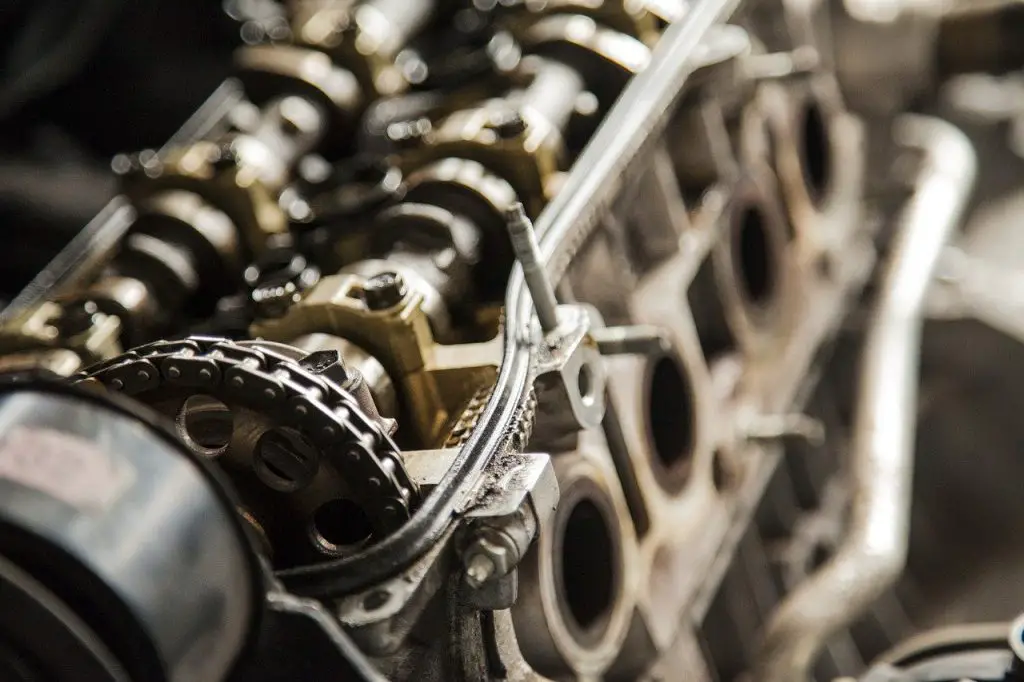
The camshaft snaps when there is a lack of oil to the top of the engine. The camshaft bearings then overheat and the camshaft seizes, but whilst this is happening the crankshaft is still trying to turn. Because these two components are linked via the timing chain, this twisting force on the camshaft is what causes it to snap, normally at the end connected to the timing chain.
The camshaft can seize due to a lack of lubrication, this could be because of a faulty oil pump, or because of poor servicing. Which can cause blockages in oil galleries from the pump to the camshaft bearings. Generally, the engine is a write off in this instance. Prevention is key here, proper servicing and maintenance will help to avoid this problem.
Does my Suzuki Swift have a faulty EGR valve?
The EGR (Exhaust Gas Recirculation) valve connects the exhaust manifold to the intake manifold. It regulates the amount of exhaust gas that flows back into the intake manifold which then flows back through the engine. This helps to reduce the engine’s NOX emissions.
If the valve gets clogged up or sticks then there will be problems. The engine light will come on if the engine senses the valve is not operating properly. A clogged valve will struggle to open and close so this fault is very easily diagnosed. The valve gets clogged up with carbon deposits from the exhaust gasses, these are very hard to remove without manually cleaning the valve.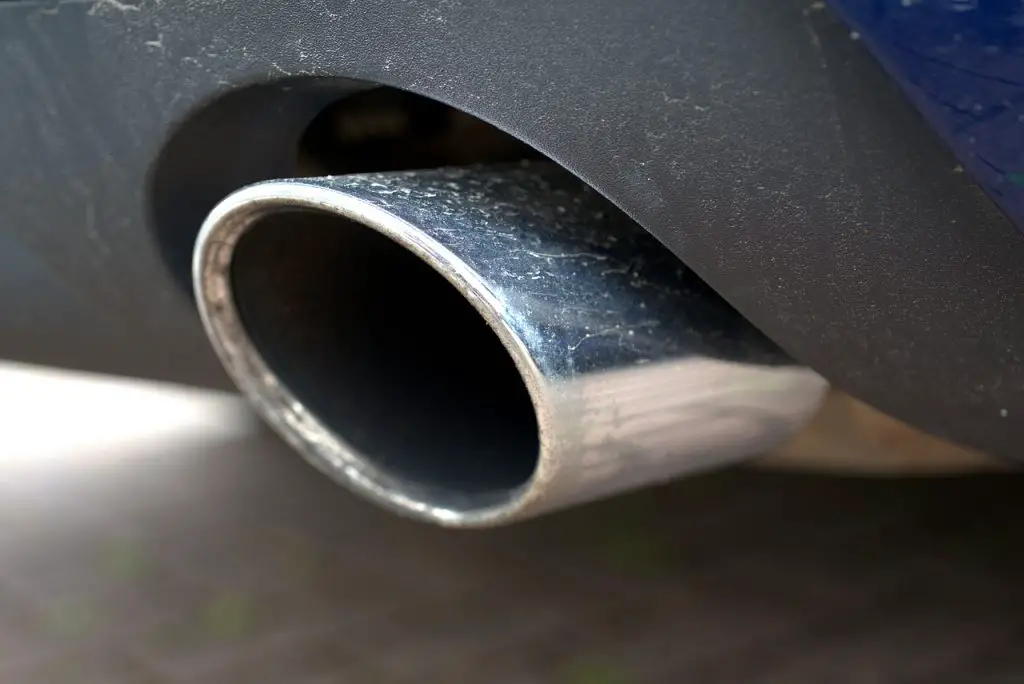
Other symptoms include a loss of power and black smoke from the exhaust. The EGR valve can easily be cleaned or replaced so this fault doesn’t come with costly repair or significant risk to the engine’s livelihood.
Are Suzuki Swift engines reliable?
All this talk about engine problems might make you wonder if the Suzuki Swift engines are reliable or not. Well, you’ll be happy to hear that although these are the most common engine problems. Engine problems aren’t actually that common on the Swift. The car is praised by mechanics for having brilliant engines fitted that they rarely see issues with.
What is the engine life of Swift?
The Engine life of the Suzuki Swift depends on whether the car has a petrol or a diesel engine fitted to it.
- The petrol-engined cars have an engine life span of 125,000 miles. (8.3 years)
- The diesel-engined cars have an engine life span of 250,000 miles. (16.6 years)
Taking into account the average person travels 15,000 miles per year this gives the engines a life span of 8.3 years and 16.6 years respectively.
These figures are based on proper maintenance and servicing. These engines can, and often do exceed the expected lifespan if looked after properly.
Is Suzuki Swift a good car?
From our research and speaking with owners and mechanics the general feedback was very positive. The Swift is a great car and rarely gives the owners much trouble, or causes headaches for mechanics. There is now a Hybrid model out as well for those who want something a bit more economical. We think you should be confident that your Swift will provide you with many safe and reliable miles of service, just remember to get it serviced when required.
We hope you’ve enjoyed reading this article and it’s given you the answers you were looking for. Please be sure to share it with anyone who could also benefit from the information found here. Also, leave us a comment sharing your thoughts and experiences with the Suzuki Swift!

